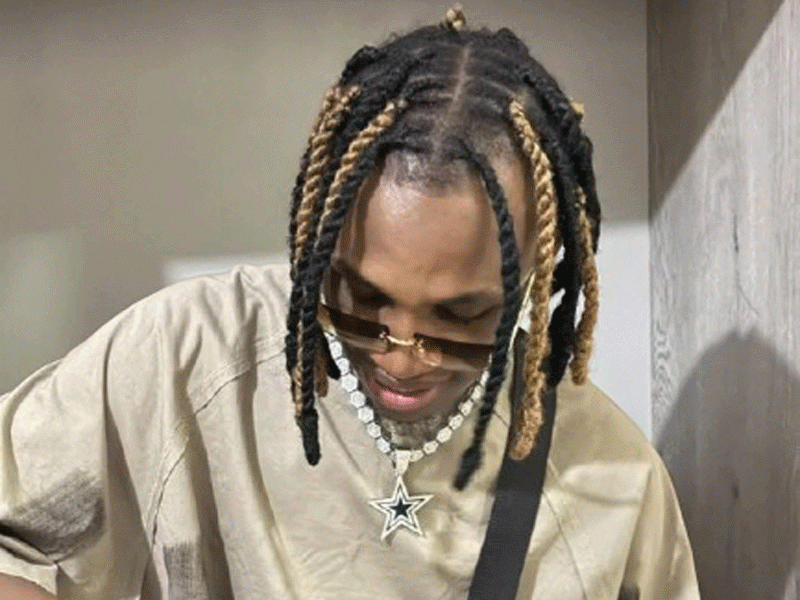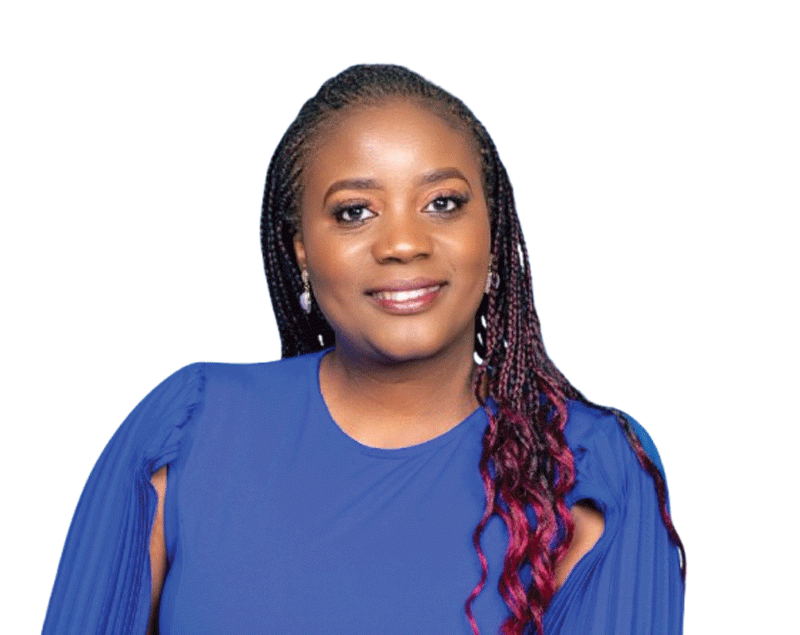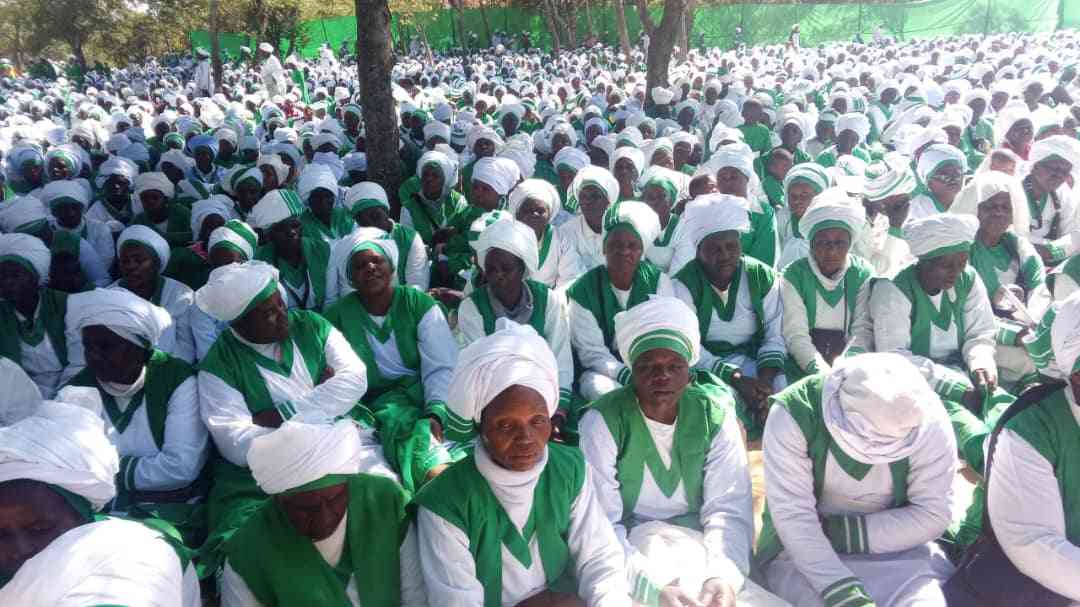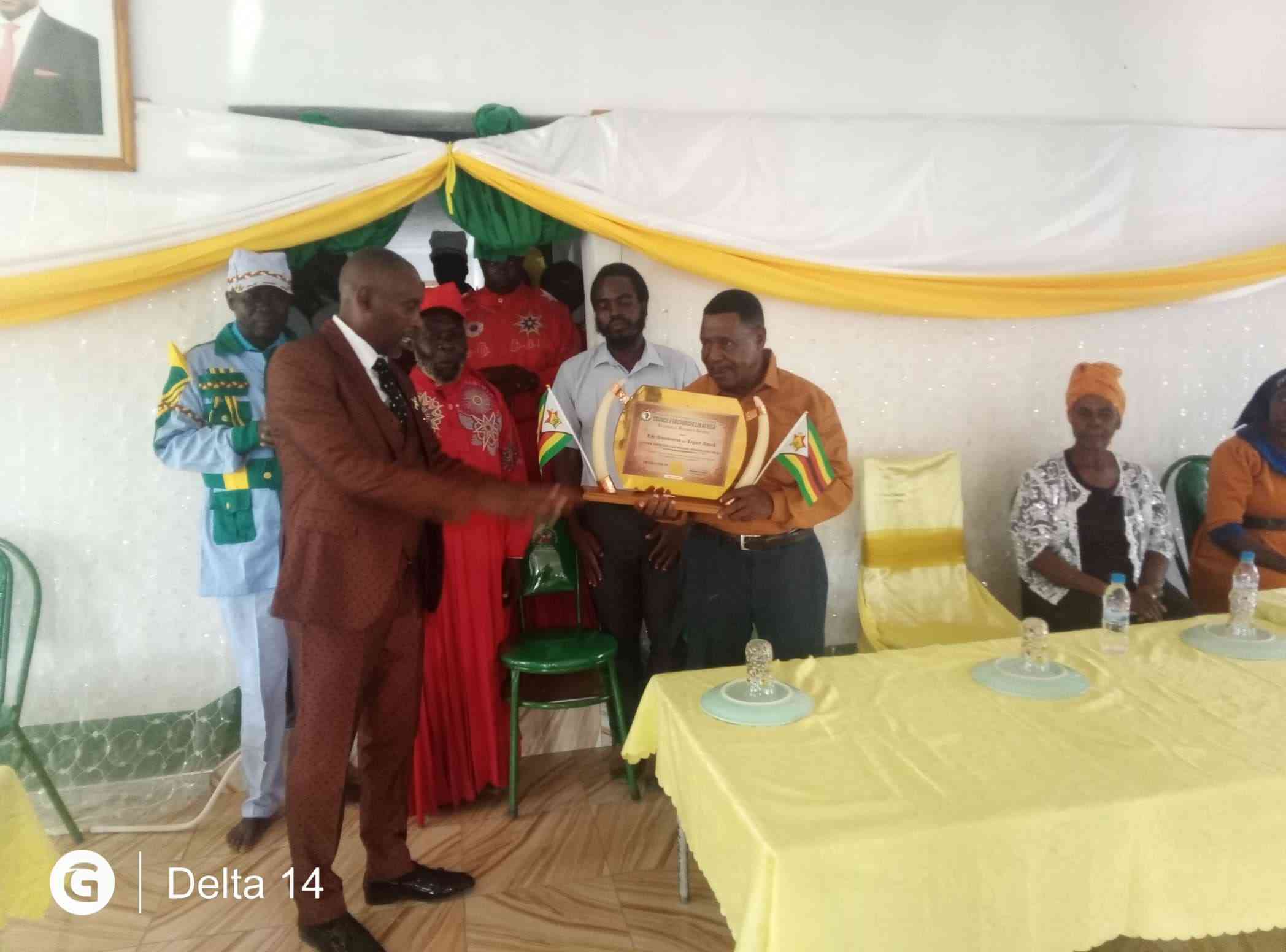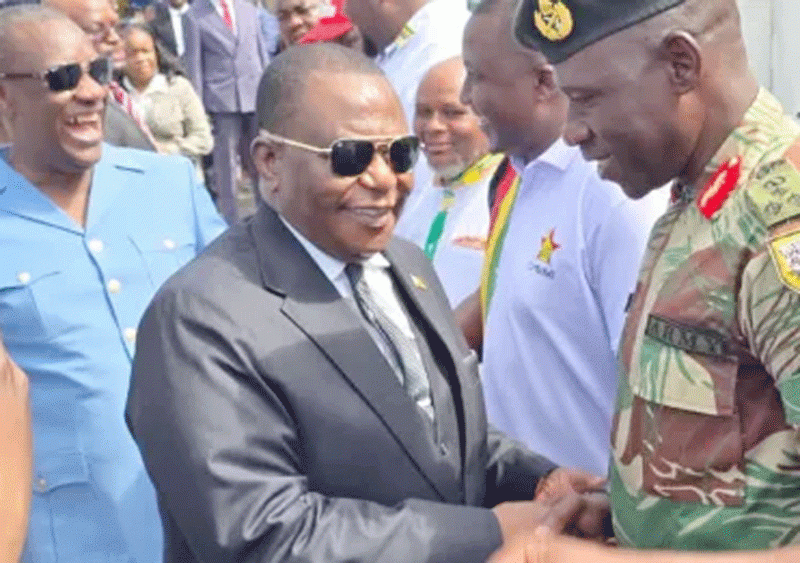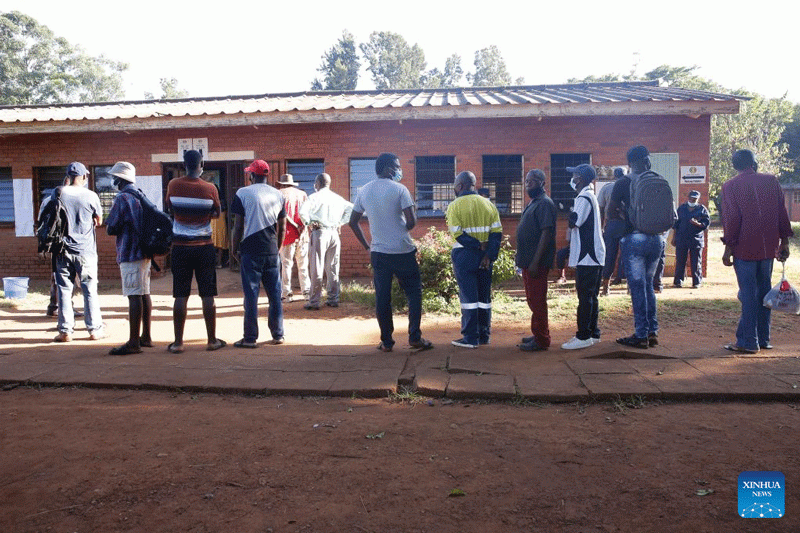
WHENEVER I think of peace, the Christian song which we used to sing at Sunday school, “make me a channel of your peace” by the great St. Francis of Assisi comes to mind. Peace is a critical factor in life; which in a great many times we overlook, but we are so deeply in need of peace. Without peace, humanity can never exist, and we can become exposed to a lot of shocks and vulnerabilities.
The artist is a central figure with regards to the promotion of peace as art can be a useful tool to preach about peace. It is, therefore, important that artists are capacitated with the techniques and the tools that they can use to promote peace as peace builders in the world, especially when art is put as a central focus in the promotion of peace and conflict management.
Many African artists - and especially reggae artists in particular sing of peace, love and harmony. Artists like poets and authors must have artworks that speak about the need for peace and tranquility. These could be paintings and other pieces of art which depict the power of peace.
In the context of Zimbabwe, there is now a need for more artists to be advocates of peace, love and harmony as we head towards the 2023 elections.
The past elections have been very volatile, hence the need for artists to preach peace.
Art can facilitate the processes that orients to peace building, and this has to be done in a way that also defies linguistic boundaries. This is so because the language of art is very universal.
The power of art can also be a remedy for peace as it also is a tool that can be useful for the provision of the voice to the marginalised, and the oppressed groups to preach peace on their behalf. It is of importance that when artists engage in peace initiatives, they become strategic so as not to be deemed as people pushing towards any political influence or agenda.
The power of peace and reconciliation remains a very critical factor for the growth and development of our society. Art can be also very useful in the promotion of reconciliation and has a therapeutic effect that can help overcome trauma for victims of any violence.
- ZRC wraps up stakeholder consultations
- Edutainment mix: The art of collaboration is better than competition
- Edutainment mix: The artist in the child policy formulation context
- Letter from America: Ariel Primary: A school that teaches pupils to be angels
Keep Reading
Many ways can be used to interrogate the notion of peace. One of the ways is the power of theatre as a tool of collective expression with regard to the message of reconciliation. In my travels around the many rural parts of Matabeleland North and South, I got to learn that there are grassroot communities that use the power of theatre to discuss the subject of promotion of peace, love and harmony.
What is important is that there is a need for the collaborative creation of a piece of art work which enhances the establishment of a very strong connection; especially within the different participants. As a musician and poet, I believe that art has the power to also connect people.
The musical shows which are not marred by violence show a collective effervescence of consensus and harmony where people enjoy and feel the ambience of art as a unifying factor. Music allows participants to process their grief and loss, and in the process it can play a role in the building of the bridges of reconciliation.
Art can also be useful in the reduction of the forms of prejudice on the youth.
Art can also enhance the power of the communities to learn to live with their differences, which will help society to reduce eventualities of conflict.
Through the power of art in its various manifestations, and which can be inculcated with sport, the youth can also be encouraged and motivated to be individuals that create their own visions, which will create plans to end conflict and disagreements where peace becomes a reality.
Art provides possibilities beyond those available in traditional peace building techniques, yet idealising the effects of artistic ventures would be counterproductive and only underestimate their power. Given that art is often defined as being first and foremost an expression of the culture of each society, the major risk to its misuse lies in its potential to attack the very culture that it creates. It is important to keep in mind that artistic initiatives are not exempt from structures or models of potential exclusion and domination, and they are often less visible than in more traditional ventures.
In our Zimbabwean context, it is therefore essential to include art within a bottom-up dynamic, one that supports local sources of creativity and resilience, as opposed to top-down approaches.
A grassroots approach must be nurtured by collaborations of artists, that are respectful and honest, and which also recognises the role and importance of local actors as peace builders. Artistic initiatives which are local and community-based have the intrinsic potential to generate will, and a demand for peace among the population concerned.
The National Peace and Reconciliation Commission (NPRC) can play a pivotal role in including artists in its programmes to promote peace and harmony in the country. Elections are meant to promote good governance and people must not fear to participate in such democratic processes.
Artists must begin to promote peace now through songs, poems, sculpture, drawings, books and several other art forms. The artists and everyone have a role to play in the promotion of peace in the country and in the world.
- Raymond Millagre Langa is a musician, poet, writer, orator and founder of Indebo Edutainment Trust. Please follow Raymond Millagre Langa on Facebook, Instagram @Millagre Ray L. You can e-mail Raymond Millagre Langa on indeboedutainmenttrust@gmail.com and millagrepapaito@gmail.com

